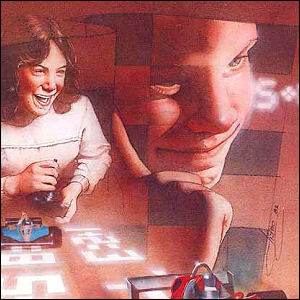 Atari releases its “edutainment” cartridge Math Gran Prix for the Atari VCS, a title designed to stave off critics of video games’ negative effects on kids’ schoolwork. Perhaps predictably, Math Gran Prix fails to cross the retail finish line – the same parents complaining that the Atari is keeping homework from getting done aren’t buying educational games for it.
Atari releases its “edutainment” cartridge Math Gran Prix for the Atari VCS, a title designed to stave off critics of video games’ negative effects on kids’ schoolwork. Perhaps predictably, Math Gran Prix fails to cross the retail finish line – the same parents complaining that the Atari is keeping homework from getting done aren’t buying educational games for it. ![]()

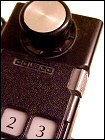 The video game wars officially enter a new generation of hardware as Connecticut-based toymaker
The video game wars officially enter a new generation of hardware as Connecticut-based toymaker 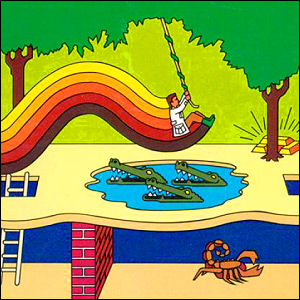 Activision releases the
Activision releases the 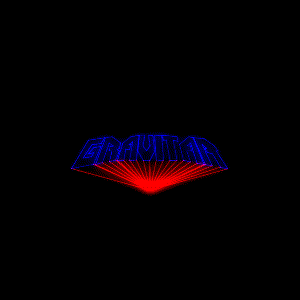 Atari releases
Atari releases 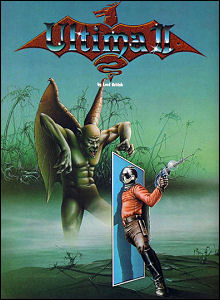 Sierra releases the computer role playing game game
Sierra releases the computer role playing game game  Coleco releases the LED matrix-driven tabletop version of
Coleco releases the LED matrix-driven tabletop version of 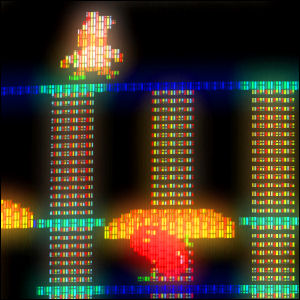 Data East’s food-obsessed arcade game
Data East’s food-obsessed arcade game  Coleco releases the
Coleco releases the  With the words “Prepare to joust, buzzard bait!”, Williams Electronics launches an arcade sleeper hit built on unlikely juxtapositions (medieval knights, jousting with lances, riding on ostriches, over a lake of lava, stalked by pterodactyls).
With the words “Prepare to joust, buzzard bait!”, Williams Electronics launches an arcade sleeper hit built on unlikely juxtapositions (medieval knights, jousting with lances, riding on ostriches, over a lake of lava, stalked by pterodactyls). 
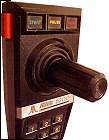 After a long development process (during which it was briefly known as “Atari Video System X”),
After a long development process (during which it was briefly known as “Atari Video System X”), 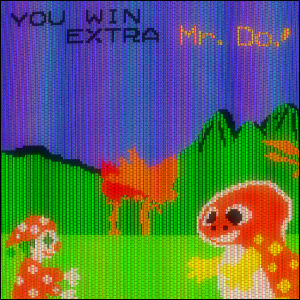 Universal (a video game manufacturer unrelated to the Hollywood studio of the same name) introduces a cute arcade action game,
Universal (a video game manufacturer unrelated to the Hollywood studio of the same name) introduces a cute arcade action game, 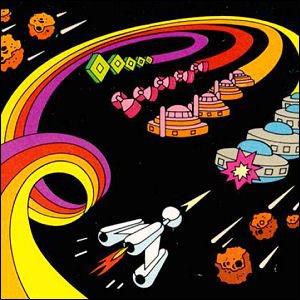 Activision releases the
Activision releases the 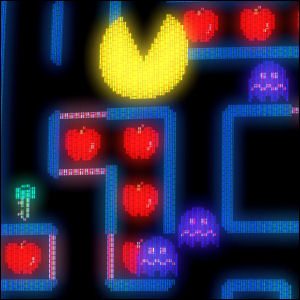
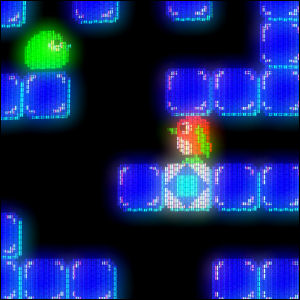 Sega releases the arcade game
Sega releases the arcade game 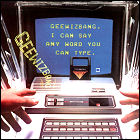 The Odyssey² video game console gets its first major hardware upgrade in the form of the add-on voice synthesizer module, marketed as the Voice of Odyssey². With the
The Odyssey² video game console gets its first major hardware upgrade in the form of the add-on voice synthesizer module, marketed as the Voice of Odyssey². With the 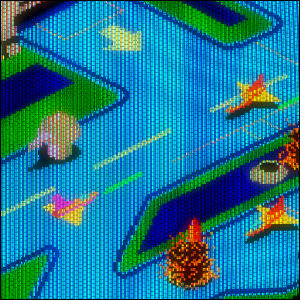 Desperately trying to keep its coin-op games fresh, Sega releases the arcade game conversion kit
Desperately trying to keep its coin-op games fresh, Sega releases the arcade game conversion kit 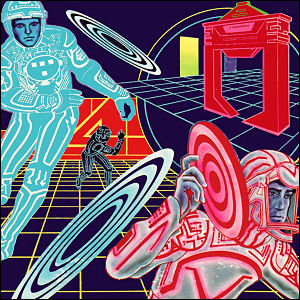 Mattel Electronics releases the
Mattel Electronics releases the 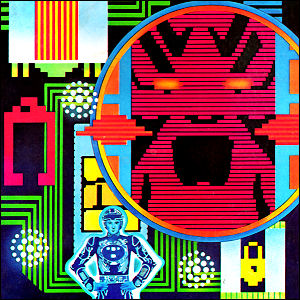 Mattel Electronics releases the
Mattel Electronics releases the  Pinball maker D. Gottlieb & Co., via its Mylstar video game division, graces arcades with the qute qreatures of
Pinball maker D. Gottlieb & Co., via its Mylstar video game division, graces arcades with the qute qreatures of 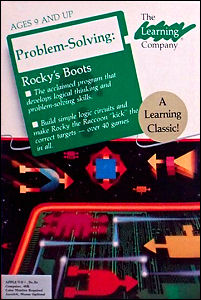 The Learning Company tries on
The Learning Company tries on  Konami introduces the arcade game
Konami introduces the arcade game  Now that video game “easter eggs” – secret messages hidden in the games by their designers – are public knowledge, Atari releases its first game in which finding these messages is an integral part of the game.
Now that video game “easter eggs” – secret messages hidden in the games by their designers – are public knowledge, Atari releases its first game in which finding these messages is an integral part of the game. 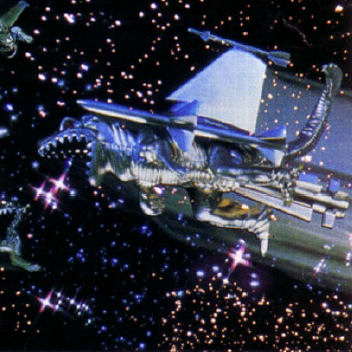 Imagic releases the
Imagic releases the  Imagic releases one of its first games for the Mattel Intellivision home video game console, Rick Levine’s
Imagic releases one of its first games for the Mattel Intellivision home video game console, Rick Levine’s  Imagic releases the
Imagic releases the 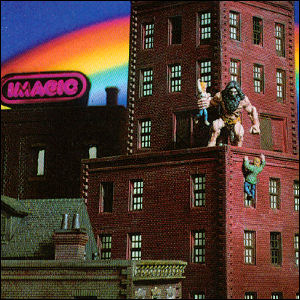 Activision releases the
Activision releases the  Telesys releases the video game cartridge
Telesys releases the video game cartridge 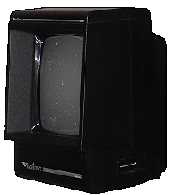 General Consumer Electronics (GCE) introduces a self-contained vector graphics video game unit,
General Consumer Electronics (GCE) introduces a self-contained vector graphics video game unit, 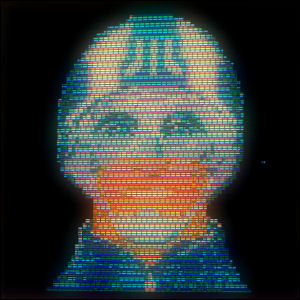 Atari releases
Atari releases